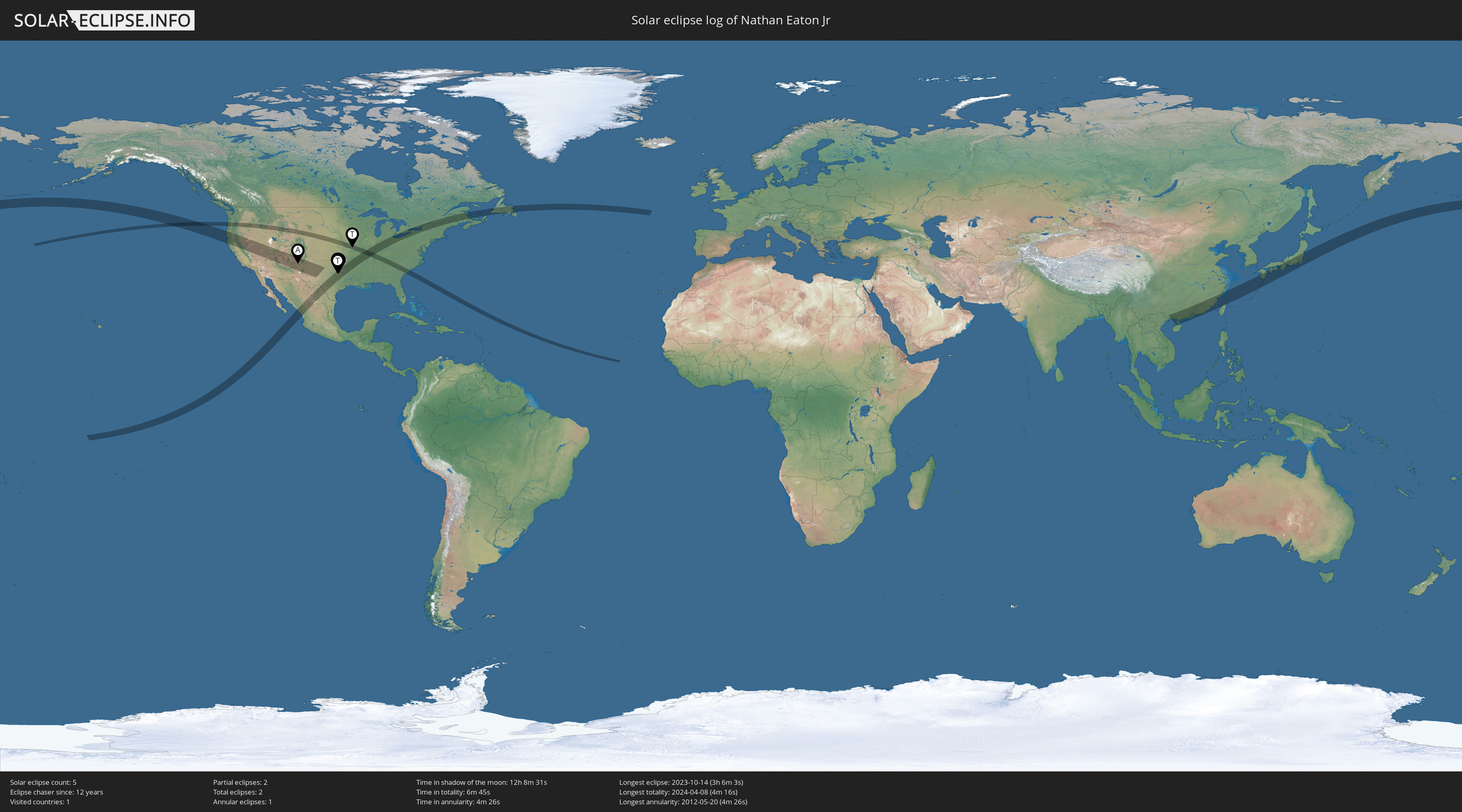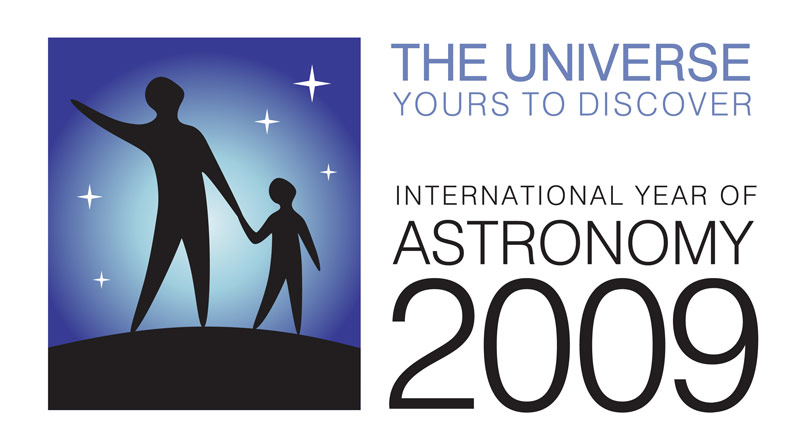Sunday, June 25, 2017
2017 Total Solar Eclipse - First to Cross Mainland USA Since 1979
It may seem hard to believe but solar eclipses are technically fairly common, at least one a year, many times two in a year. What makes them seem rare though has to do with the relatively small portion of the Earth over which they pass; for any given spot on the globe, solar eclipses are rare. For example, there hasn't been a solar eclipse crossing America since 1991, hasn't been one crossing any part of the contiguous United States since 1979 and there hasn't been a solar eclipse cross the entire continent since 1918.
On August 21st of this year, all three of those dates reset: a solar eclipse will cross from Oregon to South Carolina. Anyone along the centerline of the track will get to observe (weather permitting) the glory of a total eclipse. Everyone else in the country will see a partial eclipse (less of one the further from the centerline you are).
The last time I saw a solar eclipse was an annular eclipse in 2012 viewed from Albuquerque, New Mexico. The image included here is from my post on that event. For the 2017 total eclipse, I'm planning to observe from the centerline. More on that in future posts. In the meantime, here are a few links for more information on the event.
NASA 2017 Eclipse Site
Eclipse.org Site
Alan Dyer's Tips for the Solar Eclipse
Tags:
Alan Dyer,
eclipse.org,
NASA,
solar eclipse,
total solar eclipse
Subscribe to:
Comments (Atom)






















 The journey continues beyond 2009... check it out!
The journey continues beyond 2009... check it out!
